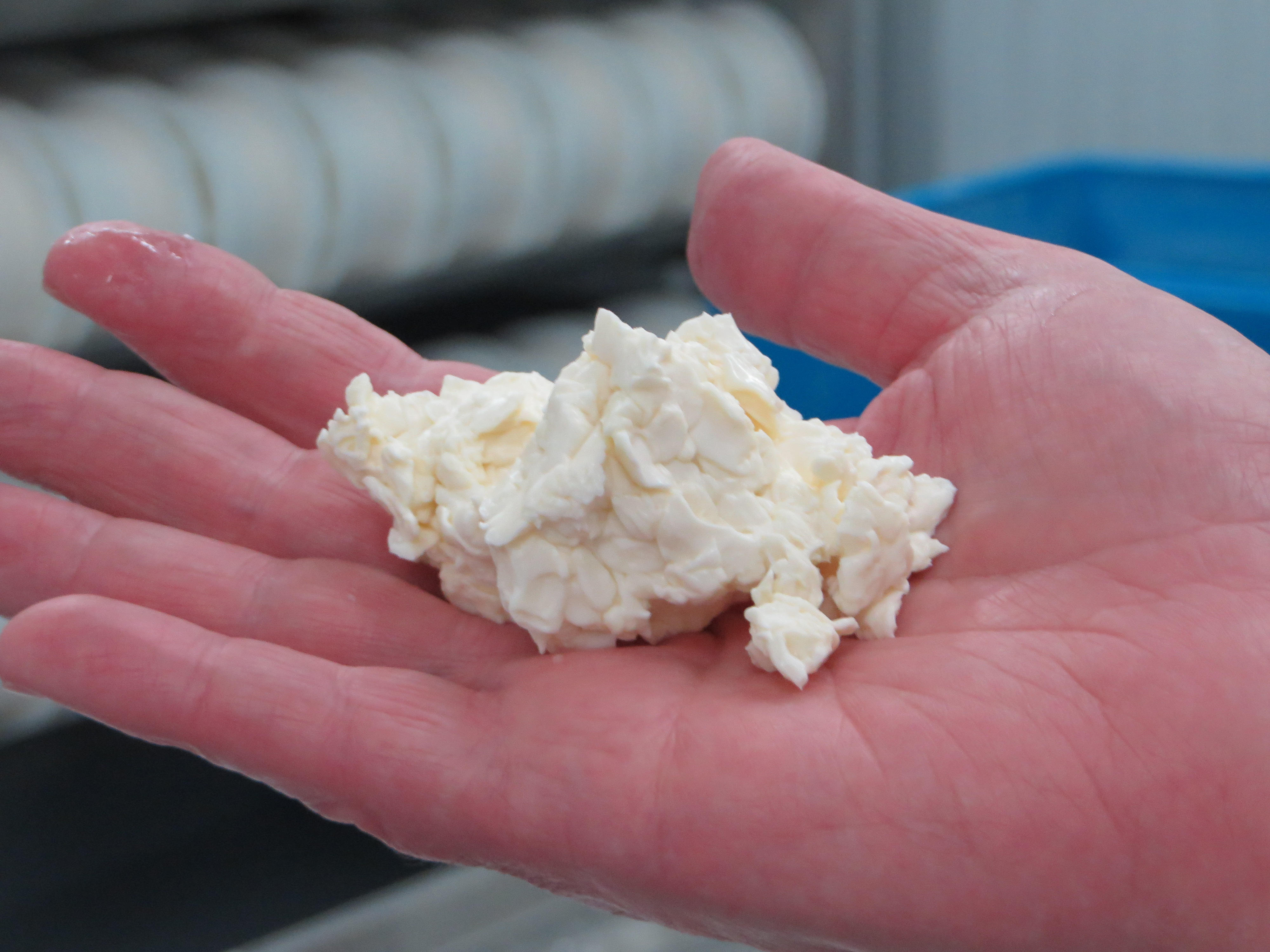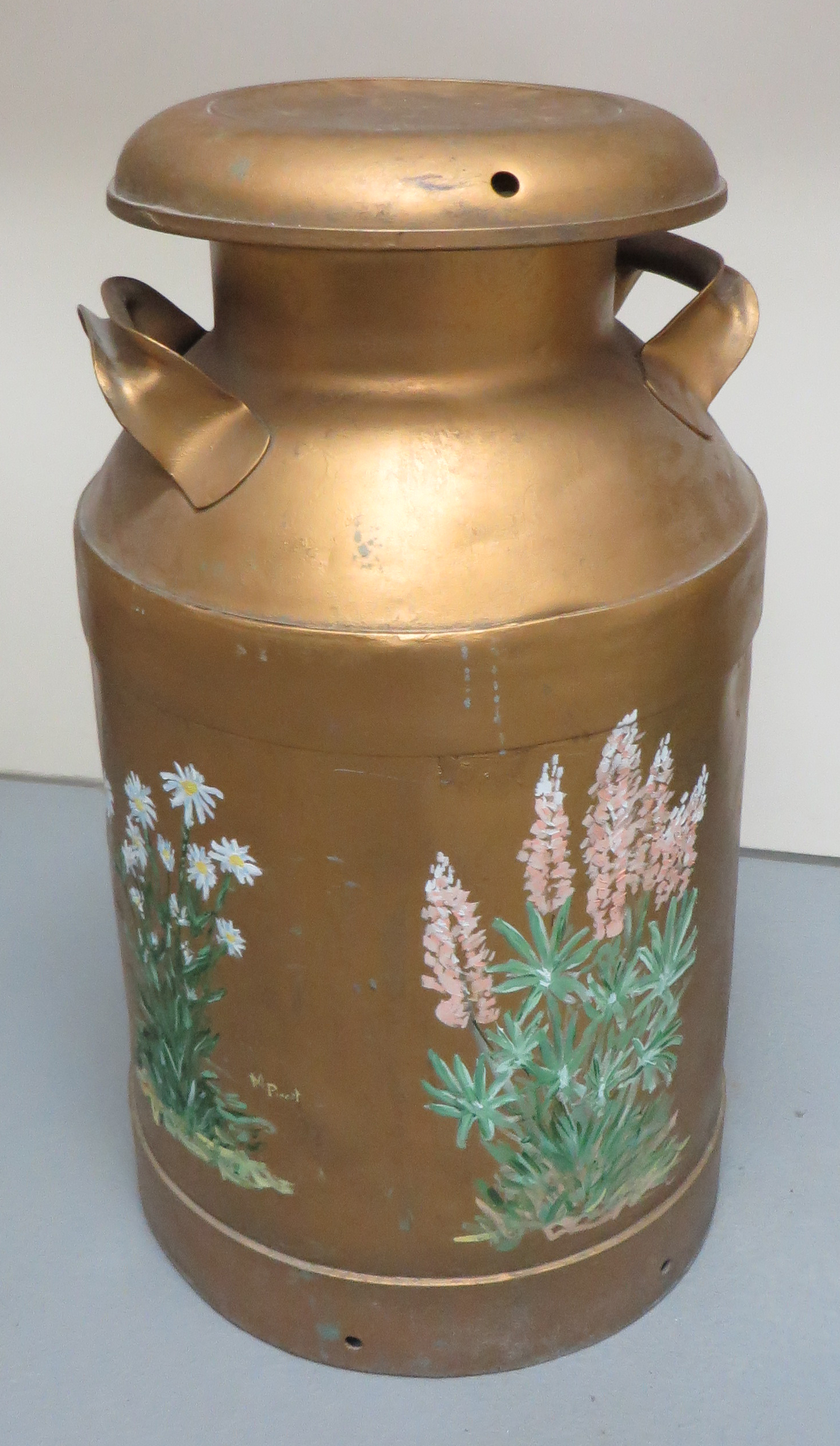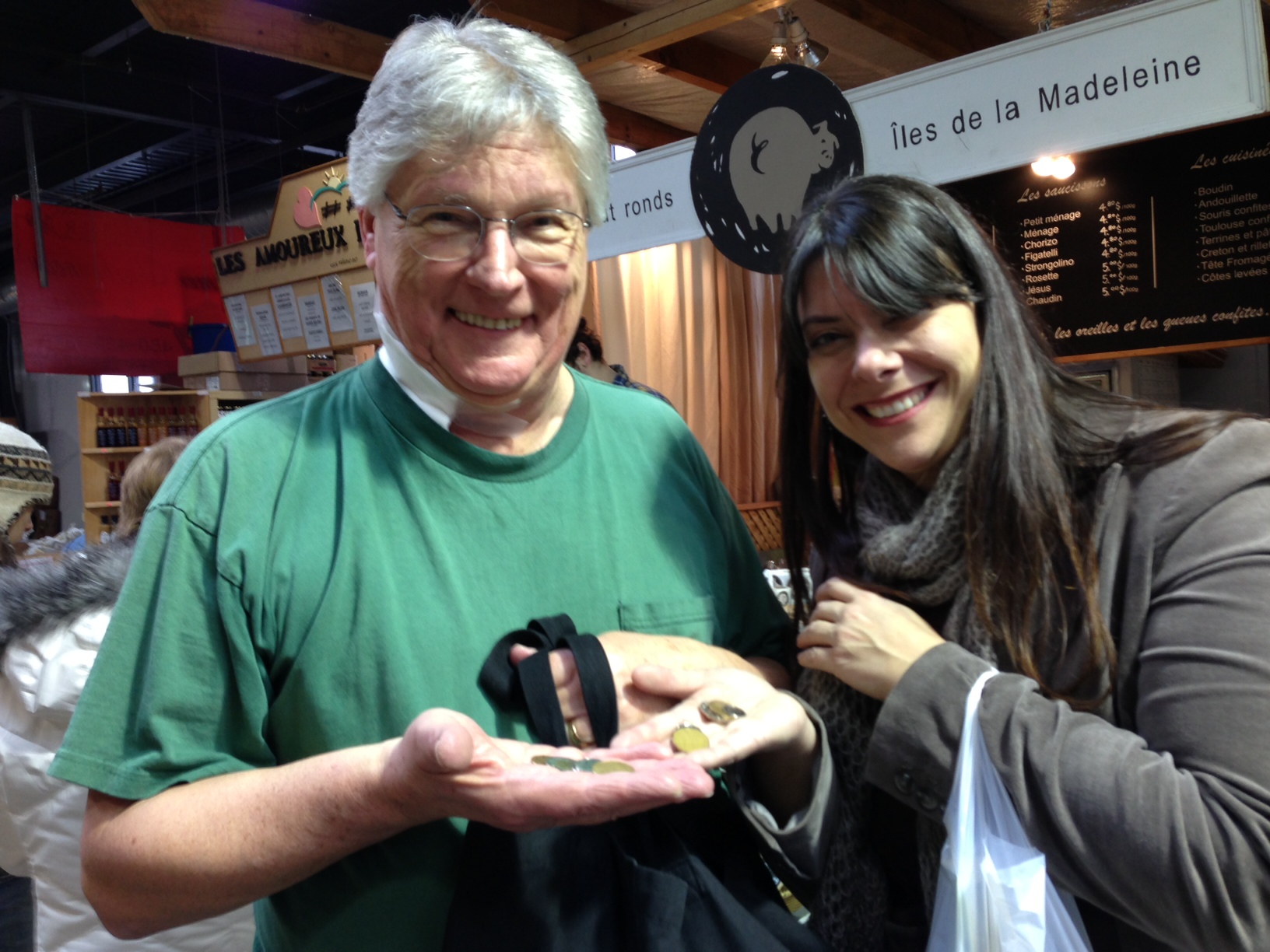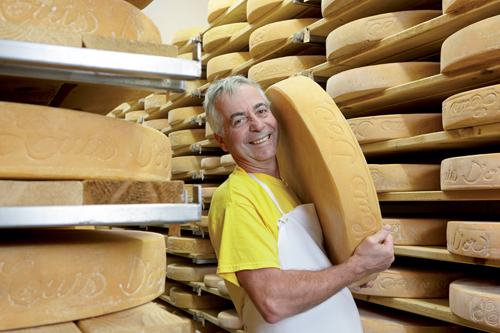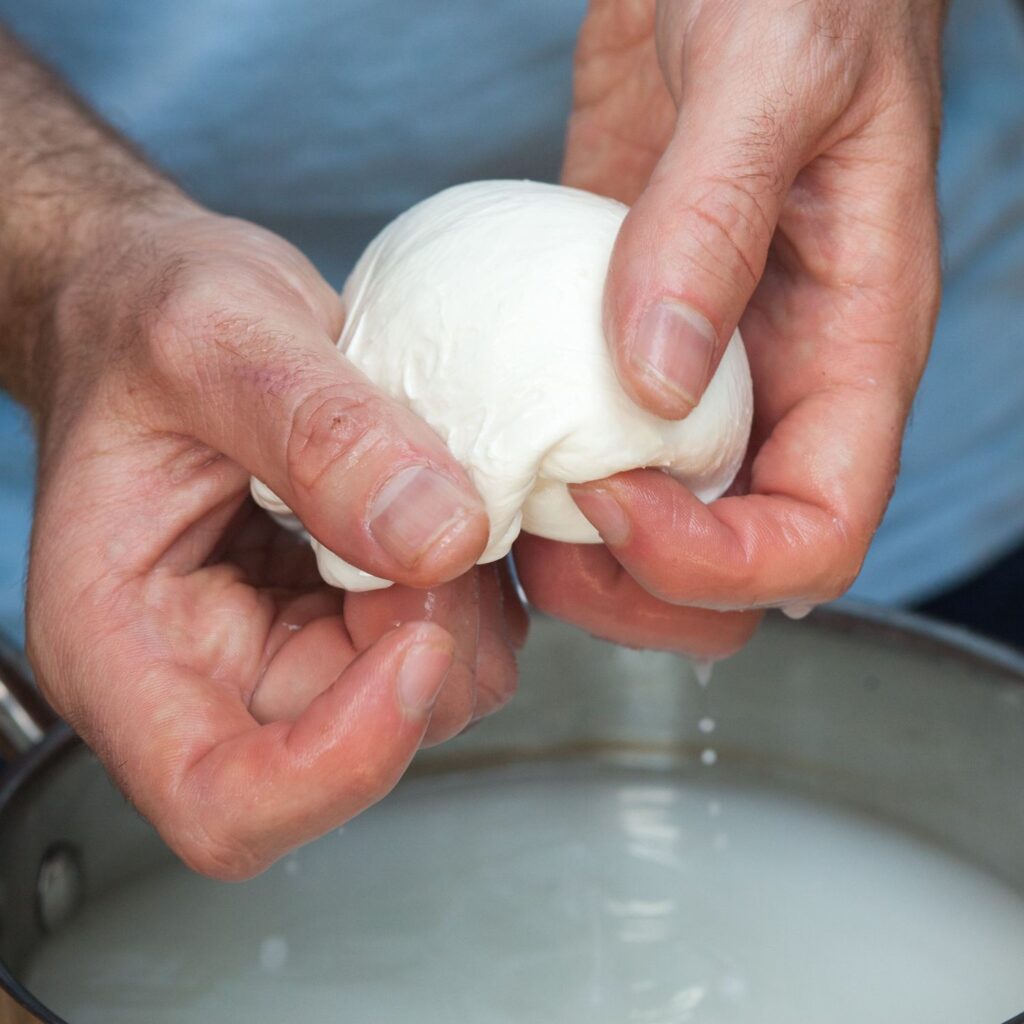
Hey, hey, hey, I’m going back to school! (See update in PS below.)
I’m enrolled to take a class in natural cheesemaking with the man who wrote the book on the subject, David Asher. He is an organic farmer, farmstead cheesemaker, cheese educator and author based on one of the gulf islands off British Columbia.
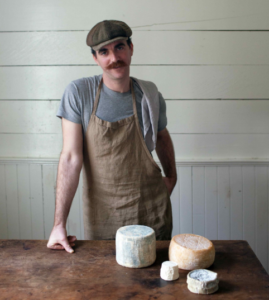
David runs the Black Sheep School of Cheesemaking, exploring traditionally cultured and organic methods of cheesemaking. His workshops, online and in person, teach a cheesemaking method that is natural, DIY, and well suited to the home kitchen or artisanal production.
I’m enrolled in Introduction to Natural Cheesemaking: Rennet Cheeses, Camembert & Mozzarella. The idea of making tasty Camembert at home really appeals to me.
To prepare, I’ve been reading The Art of Natural Cheesemaking, the book in which David outlines his philosophy of “guerilla cheesemaking,” covers the basic elements of cheesemaking, includes 35 easy-to-follow recipes and instruction on sourcing good milk, including raw milk, making rennet—and making good cheese without it, avoiding additives and chemicals, and much more.
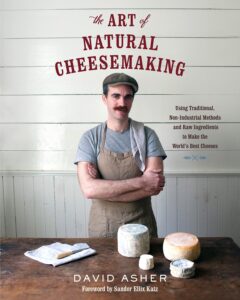
Learn more about the book and order it for convenient home delivery via Amazon at our Bookstore at CheeseLover.ca.
The one-day online class I’ll be taking is designed to give a basic understanding of the philosophy of natural cheesemaking. We’ll learn about raw milk’s microbiology and how to cultivate an effective starter culture from it; how to curdle milk with natural rennet; how to make a basic rennet cheese; how to ferment that cheese and stretch it into a fresh Mozzarella; and how to age the same cheese into a Camembert with a natural white rind.
I cannot wait to try my new-found skills in our home kitchen. I’ll be sure post a report here.
Other upcoming online classes include:
- Introduction to Natural Cheesemaking: Dairy Fermentation – Kefir, Clabber, Yogurt, Crème Fraiche, Cultured butter.
- Introduction to Natural Cheesemaking: Rennet Cheesemaking & Pasta Filata Cheeses, Stracchino, Camembert, Mozzarella, Burrata, Queso Oaxaca.
- Introduction to Natural Cheesemaking: Soft Goat/Sheep cheeses, Fresh and Aged, Chevre, Brebis and Faisselle; the affinage of cheeses like Crottin, Valencay, and Saint Marcellin.
- Advanced Class in Natural Cheesemaking: Blue Cheeses, Stilton, Bleu d’Auverge, Surface Ripened Blue.
- Advanced Class in Natural Cheesemaking: Alpine Cheeses, Raclette, Tomme, Tomme de Chevre, Ricotta.
Class size is limited to 30 students. Cost is US$100 per session. Some scholarships are available for the English language classes for agricultural students and interns, as well as BIPOC.

Click here to learn more about online classes at The Black Sheep School of Natural Cheesemaking.
Click here learn more about The Art of Natural Cheesemaking and order the book for convenient home delivery via Amazon at our Bookstore at CheeseLover.ca.
All images courtesy of Kelly Brown.
—Georgs Kolesnikovs
Georgs Kolesnikovs is Cheese-Head-in-Chief at CheeseLover.ca. He’s enamoured with the idea of making Camembert at home. We shall see what we shall see.
POSTSCRIPT:
Talk about learning a lot about cheese!
A day spent with David Asher—even online—has my head spinning with everything I learned during an introductory class to natural cheesemaking, with the emphasis on natural.
Going in, I thought I knew a fair bit about cheese. Not so!
Now, at least, I know about backslopping, claber, kefir grains, freeze-dried fungal spores, and, in a new, all-encompassing way, fermentation.
Prior to the class, I scanned The Art of Natural Cheesemaking, David Asher’s book, manifesto and guide. Now, I plan to slowly read and study every word about “using traditional, non-industrial methods and raw ingredients to make the world’s best cheeses.”
After years of enjoying artisan and farmstead cheeses, and few industrial ones, too, a whole new world may be opening for me.
If you’re at all interested in learning more about cheese, I heartily encourage you to consider David Asher’s book and taking one of his online classes. He’ll open your eyes to a whole new world in cheese.
As for me, I was going to take a crack at making Camembert at home but I might start with Mozzarella as no ripening period is needed to make a fresh cheese. I know from past experience that maintaining humidity at 90% can be a steep challenge for an apartment-dweller like me.
Stay tuned!


